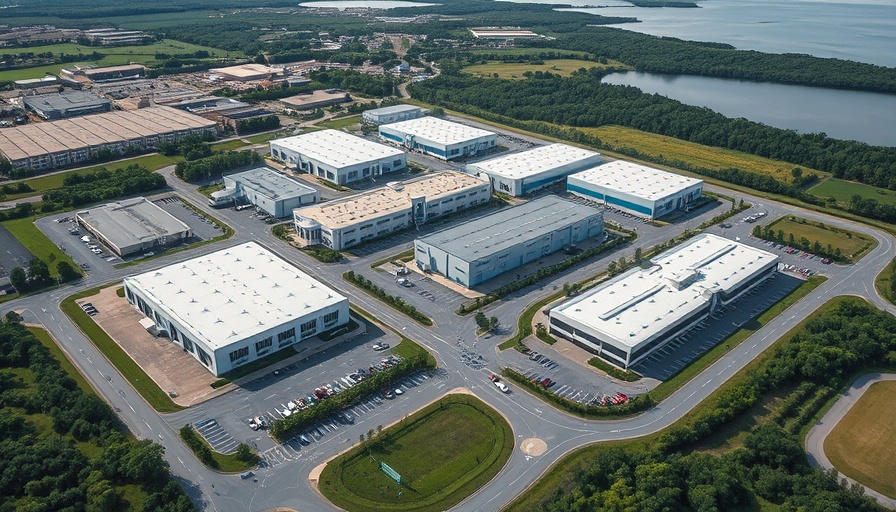
Diverse Pathways to a Thriving Workforce
In Central New York, a paradigm shift is underway regarding workforce training and skills development. Brenden Hall, a veteran and apprentice electrician in the International Brotherhood of Electrical Workers Local 43 program, encapsulates the new wave of workers eager to build their careers in skilled trades. After years in the Army, Hall sought a civilian path that would allow him to utilize both his cognitive skills and hands-on abilities, a desire echoed by many in the growing apprentice population. The Electrician's program is thriving, a response to a burgeoning economy fueled by substantial investments, such as Micron Technology’s anticipated $100 billion semiconductor facility.
Unprecedented Demand in the Job Market
The establishment of this fabrication plant isn't merely a boon for engineers; it signifies a dramatic increase in demand for a wide range of skilled workers across various sectors. According to Alan Marzullo, the business manager of Local 43, the number of union electricians is projected to surge from 1,600 to 6,000, driven by the construction and operational phases of Micron’s project and ancillary businesses drawn to the area. Current estimates predict this might create a staggering 40,000 additional jobs indirectly, spanning from management and administrative roles to specialized trades.
A Strategic Expansion of Training Facilities
Strategically positioned to meet this need, Local 43 has recently unveiled a $7 million expansion of its training facility in Clay, NY. This initiative will allow for the doubling of its apprenticeship class size and is just the beginning. Plans for a further $17 million addition will introduce even more classrooms and practical training areas to equip apprentices with the necessary skills to thrive in this evolving job market.
Building a Skilled Workforce: Collaborative Efforts
Local unions, educational institutions, and industry stakeholders are collaborating to ensure that the workforce is not only trained but also diversified. This initiative goes beyond just filling jobs; it aims to create a robust pipeline of skilled professionals prepared for the demands of a technologically advanced workforce. Programs like this reflect a growing recognition of the importance of vocational training, which offers many a viable alternative to traditional college routes.
Addressing Future Workforce Challenges
As Central New York braces for economic expansion, encompassing major projects like infrastructure improvements, it’s critical to address workforce challenges proactively. With large-scale developments requiring labor not only from the construction sector but also skilled workers in health care, administration, and supply chain management, it raises the question: how do we sustainably develop this talent pool?
Conclusion: A Call to Action for the Community
The need for skilled labor has never been more pressing as New York anticipates transformational projects like Micron’s semiconductor plant and extensive infrastructure developments. Communities and individuals alike must recognize the importance of engaging in vocational training and participating in workforce initiatives, not only for personal advancement but for the health of the region's economy. Opportunities are abundant, and embracing vocational education could be the key to unlocking a prosperous future.
 Add Row
Add Row  Add
Add 


Write A Comment